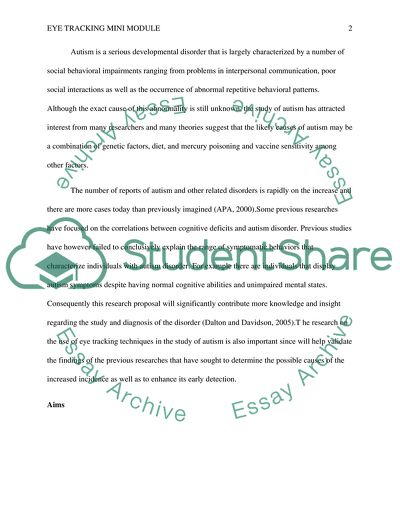Cite this document
(“EYE TRACKING MINI MODULE Essay Example | Topics and Well Written Essays - 1000 words”, n.d.)
EYE TRACKING MINI MODULE Essay Example | Topics and Well Written Essays - 1000 words. Retrieved from https://studentshare.org/psychology/1597369-eye-tracking-mini-module
EYE TRACKING MINI MODULE Essay Example | Topics and Well Written Essays - 1000 words. Retrieved from https://studentshare.org/psychology/1597369-eye-tracking-mini-module
(EYE TRACKING MINI MODULE Essay Example | Topics and Well Written Essays - 1000 Words)
EYE TRACKING MINI MODULE Essay Example | Topics and Well Written Essays - 1000 Words. https://studentshare.org/psychology/1597369-eye-tracking-mini-module.
EYE TRACKING MINI MODULE Essay Example | Topics and Well Written Essays - 1000 Words. https://studentshare.org/psychology/1597369-eye-tracking-mini-module.
“EYE TRACKING MINI MODULE Essay Example | Topics and Well Written Essays - 1000 Words”, n.d. https://studentshare.org/psychology/1597369-eye-tracking-mini-module.


